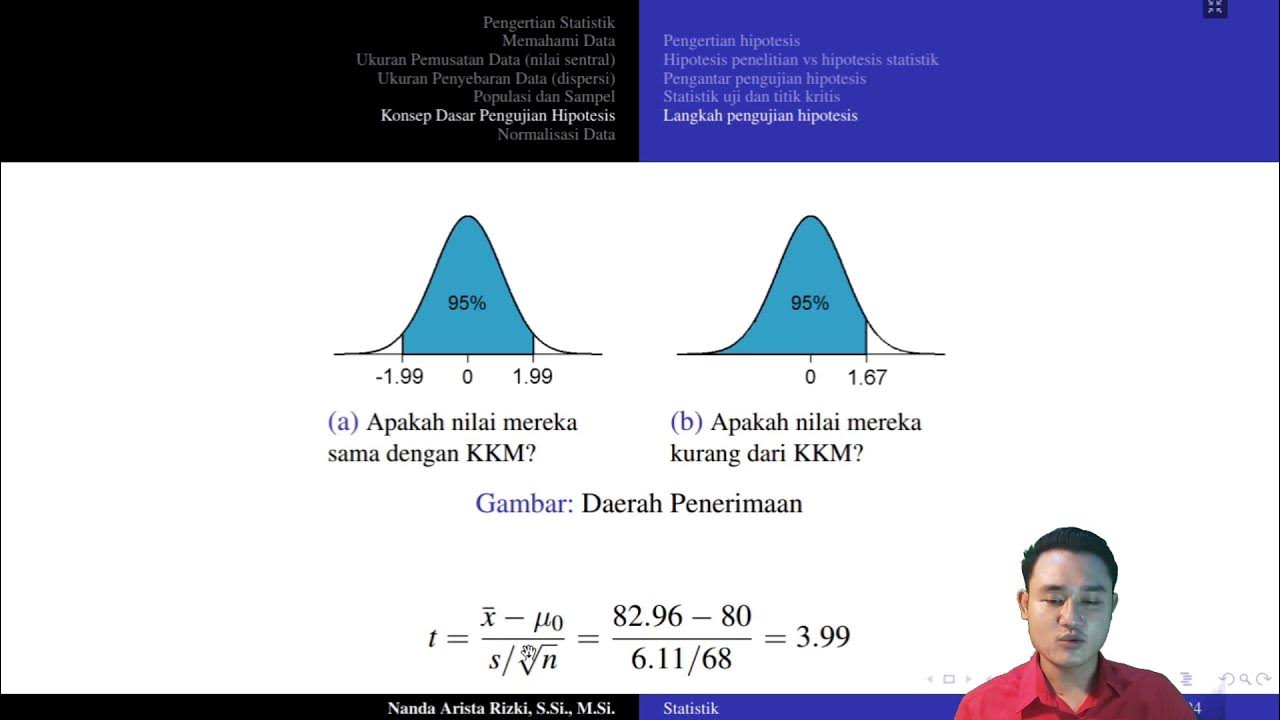API Pagination: Making Billions of Products Scrolling Possible
Summary
TLDRThis video explains the concept of pagination in API development, focusing on the differences between offset-based and cursor-based methods. Offset-based pagination is simple but becomes inefficient and inconsistent with large or fast-changing datasets. In contrast, cursor-based pagination offers better performance and consistency, particularly when dealing with real-time data or frequent changes. The video covers how cursor-based pagination works, including variations like key set and time-based pagination, and emphasizes the benefits of using it for large-scale systems. Overall, it highlights the importance of selecting the right pagination method to improve efficiency and responsiveness in API design.
Takeaways
- 😀 Pagination is a technique used to split large sets of data into smaller, manageable chunks, improving server performance and reducing network traffic.
- 😀 There are two main types of pagination: offset-based and cursor-based.
- 😀 Offset-based pagination can be page-based or use direct offset and limit parameters to manage data retrieval.
- 😀 With offset-based pagination, large offsets can slow down queries, and data changes during pagination can lead to inconsistent results.
- 😀 Cursor-based pagination overcomes the issues of offset-based pagination, providing better consistency and performance, especially with large or rapidly changing data sets.
- 😀 Cursor-based pagination works by using an index column, like an ID, as a cursor, which is hashed for security.
- 😀 Clients send the last seen cursor value to retrieve the next batch of data, and the server returns a new cursor for the next request.
- 😀 Cursor-based pagination is particularly suitable for real-time feeds or applications dealing with data that changes frequently.
- 😀 Key set pagination and time-based pagination are two methods of cursor-based pagination that optimize performance for different types of data.
- 😀 Key set pagination uses index keys to directly access rows without scanning preceding ones, while time-based pagination uses timestamps to retrieve data within specific time ranges.
- 😀 For large and fast-changing datasets, cursor-based pagination provides more consistent results and better performance than offset-based pagination, though it is more complex to implement.
Q & A
What is pagination in the context of APIs?
-Pagination in APIs refers to the technique of splitting large datasets into smaller, manageable chunks or pages. This allows clients to request data incrementally instead of retrieving the entire dataset at once, improving performance and reducing server load.
Why is pagination important when dealing with large data sets?
-Pagination helps manage server load, reduces network traffic, and ensures the application remains responsive when handling large datasets. It prevents overwhelming the client with too much data and improves the efficiency of data retrieval.
What are the two main types of pagination methods discussed in the video?
-The two main types of pagination are offset-based pagination and cursor-based pagination.
What are the two forms of offset-based pagination?
-The two forms of offset-based pagination are page-based, where the client specifies the number of items per page, and direct offset, where the client directly provides the offset and limit parameters for the query.
What is the main drawback of offset-based pagination?
-The main drawback of offset-based pagination is that as the offset value increases, the query becomes slower, especially for large datasets. Additionally, it can lead to inconsistent results if the dataset changes between requests, causing some records to be missed or duplicated.
How does cursor-based pagination solve the issues of offset-based pagination?
-Cursor-based pagination solves these issues by using a cursor (usually an index or ID) to directly fetch the next set of results, which avoids scanning all previous rows. This method ensures consistent results even when data is added or removed during the pagination process.
What is a cursor in cursor-based pagination?
-In cursor-based pagination, a cursor is typically an index or ID from the database that acts as a reference point to determine where the next batch of results should begin. It is sent from the client to the server to fetch the next set of records.
What are key-set and time-based pagination?
-Key-set pagination uses primary keys or indexes as cursors to efficiently retrieve the next set of results, while time-based pagination uses timestamps as cursors, making it ideal for time-series data where records are segmented by specific time intervals.
When is cursor-based pagination especially useful?
-Cursor-based pagination is especially useful for large, fast-changing datasets, such as real-time feeds or applications dealing with time-sensitive data. It ensures consistency and performs better than offset-based pagination, particularly in scenarios where records are constantly added or removed.
What is the ultimate takeaway from the video regarding pagination methods?
-The ultimate takeaway is that for large and dynamic datasets, cursor-based pagination is more consistent and performs better than offset-based pagination, despite being more complex to implement. It is highly recommended for real-time applications or datasets that change frequently.
Outlines

This section is available to paid users only. Please upgrade to access this part.
Upgrade NowMindmap

This section is available to paid users only. Please upgrade to access this part.
Upgrade NowKeywords

This section is available to paid users only. Please upgrade to access this part.
Upgrade NowHighlights

This section is available to paid users only. Please upgrade to access this part.
Upgrade NowTranscripts

This section is available to paid users only. Please upgrade to access this part.
Upgrade NowBrowse More Related Video

MYSQL BACKEND: Tối ưu hoá phân trang từ 7s còn 1s với Table có 10.000.000 dữ liệu, SẾP tăng lương...

Django vs Django REST Framework: Which One Should You Use in 2024? 🚀

Kecerdasan Buatan - Hill Climbing & Steepest Ascent Hill Climbing

Distribusi Binomial part 1 - Konsep Variabel Acak

API Design in System Design Interviews w/ Meta Staff Engineer

Masih berpikir bahwa hipotesis statistik itu membingungkan? | Statistika
5.0 / 5 (0 votes)